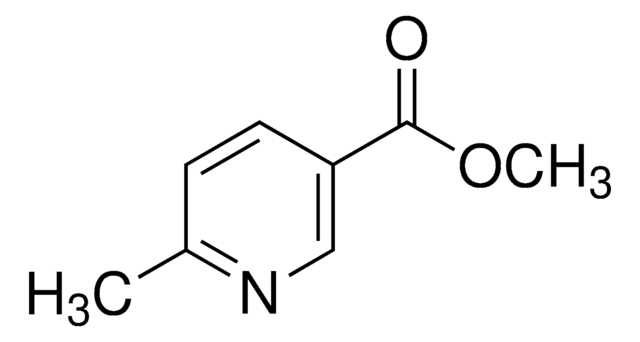All Photos(3)
About This Item
Linear Formula:
CH3(CH2)10CH3
CAS Number:
Molecular Weight:
170.33
Beilstein:
1697175
EC Number:
MDL number:
UNSPSC Code:
12352001
PubChem Substance ID:
NACRES:
NA.21
Recommended Products
grade
anhydrous
Quality Level
vapor density
5.96 (vs air)
vapor pressure
1 mmHg ( 47.8 °C)
Assay
≥99%
form
liquid
autoignition temp.
401 °F
expl. lim.
8 %
impurities
<0.003% water
<0.005% water (100 mL pkg)
refractive index
n20/D 1.421 (lit.)
bp
215-217 °C (lit.)
mp
−9.6 °C (lit.)
density
0.75 g/mL at 25 °C (lit.)
SMILES string
CCCCCCCCCCCC
InChI
1S/C12H26/c1-3-5-7-9-11-12-10-8-6-4-2/h3-12H2,1-2H3
InChI key
SNRUBQQJIBEYMU-UHFFFAOYSA-N
Looking for similar products? Visit Product Comparison Guide
General description
Dodecane is a linear alkane mainly found in jet fuels.
Application
Dodecane may be used as an inorganic diluent to form an organic phase along with decanol as an active diluent and tri-n-octylamine as an extractant. This system may be used for the extraction of lactic acid from aqueous solutions.
Signal Word
Danger
Hazard Statements
Precautionary Statements
Hazard Classifications
Asp. Tox. 1
Supplementary Hazards
Storage Class Code
10 - Combustible liquids
WGK
WGK 1
Flash Point(F)
158.0 °F - Pensky-Martens closed cup
Flash Point(C)
70 °C - Pensky-Martens closed cup
Personal Protective Equipment
dust mask type N95 (US), Eyeshields, Gloves
Choose from one of the most recent versions:
Already Own This Product?
Find documentation for the products that you have recently purchased in the Document Library.
Customers Also Viewed
Lactic acid extraction from aqueous solutions with tri-n-octylamine dissolved in decanol and dodecane
Yankov D, et al.
Biochemical Engineering Journal, 21(1), 63-71 (2004)
Thermal decomposition of n-dodecane: Experiments and kinetic modeling.
Herbinet O, et al.
Journal of Analytical and Applied Pyrolysis, 78(2), 419-429 (2007)
The novel extractants, diglycolamides, for the extraction of lanthanides and actinides in HNO3-n-dodecane system.
Sasaki Y, et al.
Solvent Extr. Ion Exch., 19(1), 91-103 (2001)
Hydroisomerization and hydrocracking. 2. Product distributions from n-decane and n-dodecane.
Steijns M, et al.
Ind. Eng. Chem. Prod. Res. Dev., 20(4), 654-660 (1981)
E J Walsh et al.
Biomedical microdevices, 8(1), 59-64 (2006-02-24)
The two-phase segmented flow approach to the processing and quantitative analysis of biological samples in microdevices offers significant advantages over the single-phase continuous flow methodology. Despite this, little is known about the compatibility of samples and reactants with segmenting fluids
Our team of scientists has experience in all areas of research including Life Science, Material Science, Chemical Synthesis, Chromatography, Analytical and many others.
Contact Technical Service








